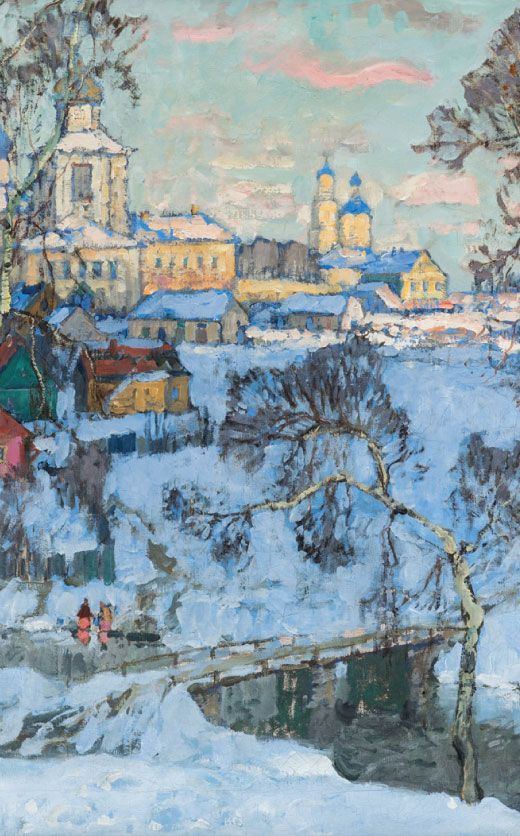Gold Art Deco Cane
Lot 82
About Seller
Kimball Sterling
125 West Market Street
Johnson City, TN 37604
United States
Family-owned and family-run Johnson City Tennessee auction business for 25 years. Selling antiques and collectables for 38 years. Kimball M. Sterling, Inc. was founded and is owned by Kimball and Victoria Sterling, time and again, they have laid solid claim to world-wide attention and renown with an...Read more
Categories
Estimate:
$500 - $800
Absentee vs Live bid
Two ways to bid:
- Leave a max absentee bid and the platform will bid on your behalf up to your maximum bid during the live auction.
- Bid live during the auction and your bids will be submitted real-time to the auctioneer.
Bid Increments
| Price | Bid Increment |
|---|---|
| $0 | $10 |
| $100 | $25 |
| $500 | $50 |
| $1,000 | $100 |
About Auction
By Kimball Sterling
May 24, 2025
Set Reminder
2025-05-24 11:00:00
2025-05-24 11:00:00
America/New_York
Bidsquare
Bidsquare : Masterpiece Cane Auction
https://www.bidsquare.com/auctions/kimball-sterling/masterpiece-cane-auction-19479
A European Masterpiece Cane Auction Kimball Sterling kimballsterling@earthlink.net
A European Masterpiece Cane Auction Kimball Sterling kimballsterling@earthlink.net
- Lot Description
Ca. 1920 Yellow gold rolled crook handle molded in a well-proportioned shape and in a classy, plain paneled, hexagonal profile. It draws attention with a rich color as well as regularity of surface, line, and volume. A nose set at an angle and engraved with a French Nobility “Vicomte”, Viscount Crown brings an additional singularizing note. The handle is struck on its slim ring collar with “DEPOSÉ” and “REGISTERED” and a few other obscured and unidentifiable hallmarks. It comes on an extremely rare, one out of one million, flowered makassar ebony shaft and a metal ferrule. Modernism turned into fashion and a statement of innovation and technological progress, this cane casts aside the dictates of the past and is a celebration of Art Deco masterwork. Its simple yet highly sophisticated profile speaks for a costly bespoke commission by a French, talented goldsmith. Simultaneously, it is representative of a period where the perfect gentleman would only wear customized accessories. H. 4” x 4 ¼”, O.L. 36” $500-$800 When we talk about the definition of Art Deco, we usually say that it was certainly one of the most influential decorative styles in the first half of the twentieth century. It first appeared in France in the 1920s, taking its name from the 1925 Exposition Internationale des Arts Décoratifs et Industriels Modernes. After its debut in Paris, Art Deco style was quickly accepted around the world, drawing from different sources and affecting various disciplines, from visual and decorative arts to fashion, architecture, filmography, and product design. Although it was the most popular movement in the period between the two World Wars, it wasn’t recognized as a movement in its own right until the 1960s, and some art historians even today argue whether the Art Deco movement existed as such and if it should be identified as a distinct style. Luxurious and splendid in their appearance, Art Deco paintings and designs marked the period of newly found optimism after the war and great depression. Although it drew its inspiration from past art movements, one of the main features of the Art Deco style was its orientation towards the future and celebration of modern ideas of progress.
- Shipping Info
-
Each auction has different shipping terms but the buyer always pays.
Canes:
After payment has been received we will contact you.
-
- Buyer's Premium



 EUR
EUR CAD
CAD AUD
AUD GBP
GBP MXN
MXN HKD
HKD CNY
CNY MYR
MYR SEK
SEK SGD
SGD CHF
CHF THB
THB



















